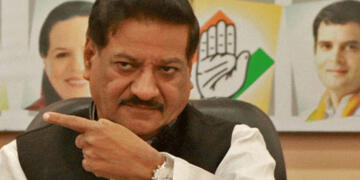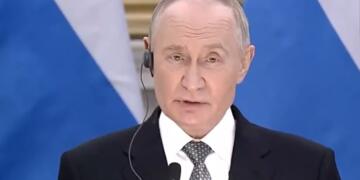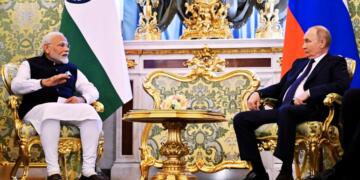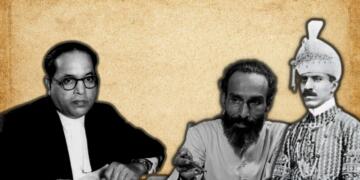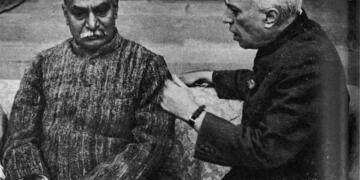Justin Trudeau’s Likely Resignation: A Legacy of Missteps and Decline
Justin Trudeau, once celebrated as the youthful and charismatic leader who revived Canada’s Liberal Party, now finds himself cornered by political controversies and declining public support. As reports suggest his imminent resignation, Trudeau’s tenure raises critical questions about his leadership, decision-making, and priorities as Prime Minister.
A Rocky Legacy
When Trudeau became Liberal Party leader in 2013, he breathed new life into a struggling political entity, leading it to a historic victory in 2015. However, his decade-long leadership has gradually unraveled, marked by scandals, allegations of corruption, and questionable policy decisions.
A notable highlight of his early tenure was his progressive social agenda, but as time went on, Trudeau’s government became embroiled in controversies such as the SNC-Lavalin scandal, blackface photos, and ethical lapses. His repeated inability to connect with broader voter concerns and address systemic issues has led to a steady erosion of public trust.

Freeland’s Exit and Internal Chaos
The resignation of Finance Minister Chrystia Freeland in December 2024 was a pivotal blow to Trudeau’s credibility. Freeland, a long-time ally, criticised Trudeau in her public resignation letter, indicating serious discord within the Liberal ranks. Her departure further exposed Trudeau’s leadership struggles, leading to increasing dissent within the party.
Since Freeland’s exit, Trudeau has largely retreated from public view, leaving critical decisions unaddressed. The Liberal Party now faces an uphill battle against a resurgent Conservative Party, with polls suggesting significant seat losses in upcoming elections.

Adding to the pressure, a recent survey by Nanos Research indicated a significant dip in the Liberal Party’s popularity. The Conservative Party has widened its lead in polls ahead of the upcoming federal election, with Trudeau’s government blamed for stagnant economic growth and accusations of mismanagement.
A letter from Kody Blois, a key Liberal leader from Canada’s eastern provinces, warned of impending economic instability, particularly in light of U.S. President-elect Donald Trump’s threats to impose a 25% tariff on Canadian exports. “The country could face severe economic repercussions if decisive leadership is not demonstrated,” Blois wrote.
India Controversy: A Political Diversion?
One of the most polarising episodes of Trudeau’s recent tenure was his accusation that India was involved in the killing of Hardeep Singh Nijjar, a designated Khalistani terrorist. Trudeau’s claims, made without presenting conclusive evidence, caused a diplomatic standoff and tarnished Canada-India relations.
Critics argue that Trudeau’s allegations against India were a desperate political gamble aimed at diverting attention from domestic issues, including the growing influence of China in Canadian politics. Reports of Chinese interference in Canada’s elections, the operation of secret police stations, and the Trudeau government’s delayed response to these concerns have fueled suspicions about his motives.
By focusing on India, Trudeau sought to court Khalistani voters, a key demographic for his Liberal Party, while deflecting from China’s actions and internal dissent within his caucus. This strategy, however, appears to have backfired, further eroding public confidence in his leadership.
Consequences of Leadership Failure
Trudeau’s resignation, if confirmed, will trigger a leadership race within the Liberal Party, plunging Canada into political uncertainty. As the party scrambles to rebuild its image, Canada faces pressing challenges, including economic stagnation, strained international relations, and a potential 25% tariff threat from the incoming U.S. administration.
Under Trudeau’s watch, Canada’s economic growth has faltered, and his failure to address pressing issues such as housing affordability, healthcare, and infrastructure has alienated voters. His retreat during critical moments, such as Freeland’s resignation and the rise of Conservative momentum, paints a picture of a leader disconnected from national priorities.
A Cautionary Tale
Justin Trudeau’s fall from grace serves as a cautionary tale for leaders who prioritise image over substance. While he once embodied hope and progress, his tenure underscores the importance of transparent governance, effective policymaking, and staying attuned to the concerns of ordinary citizens.
As Trudeau likely prepares to step down, Canada enters a phase of introspection. The Liberal Party must grapple with its identity and rebuild trust with voters, while Trudeau himself faces the legacy of a career that promised much but, in the end, delivered far too little.
Fun Fact :
Fun Fact: In Canada, the political color scheme is a bit of a twist! While the U.S., Canada’s superpower neighbour, associates red with conservative parties and blue with liberal ones, Canada flips this tradition. In Canada, red represents the Liberal Party, while blue is the color of the Conservative Party. A quirky mix-up in the world of politics!




